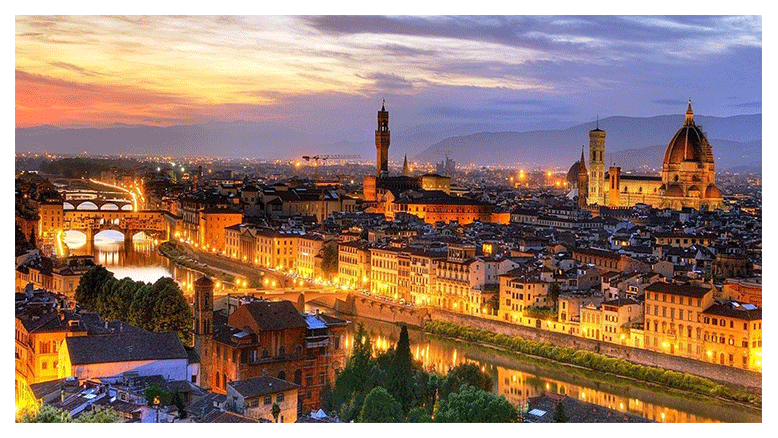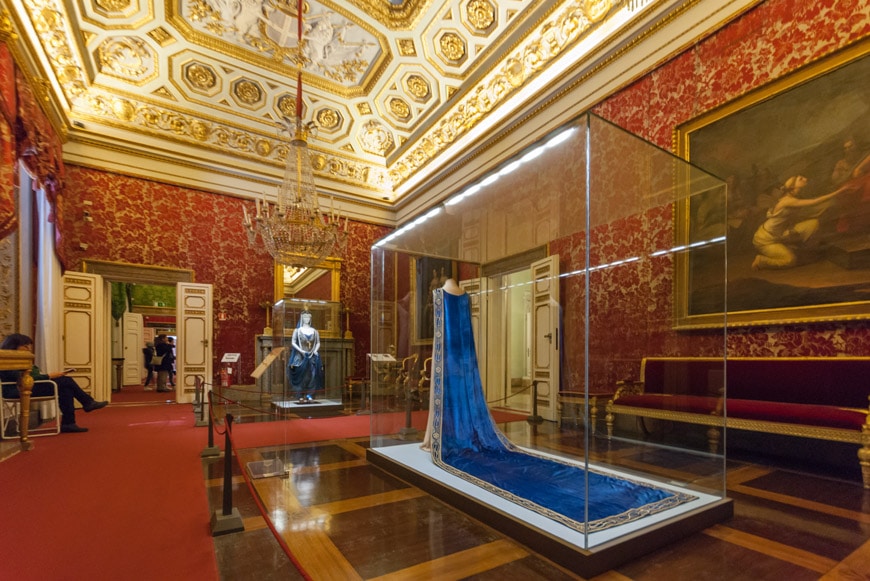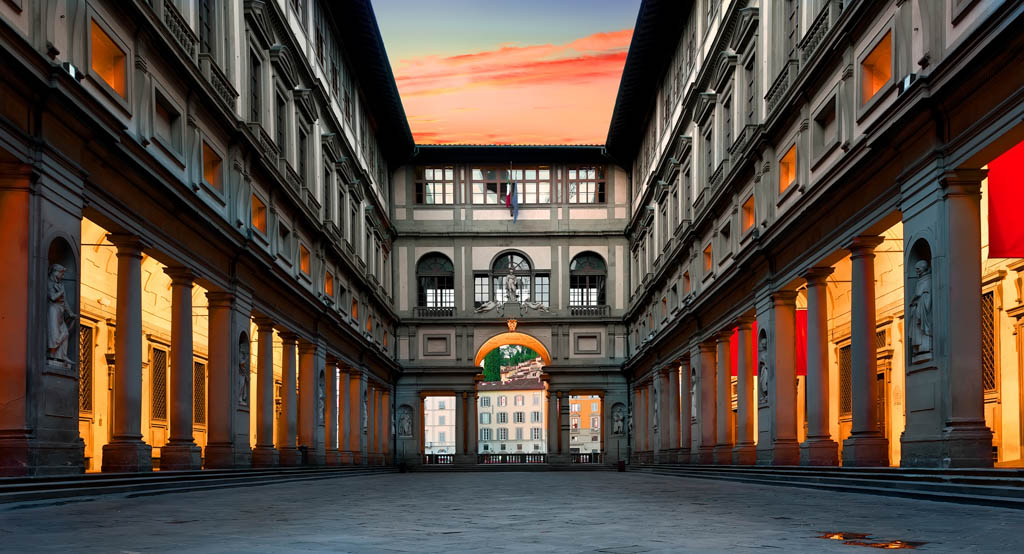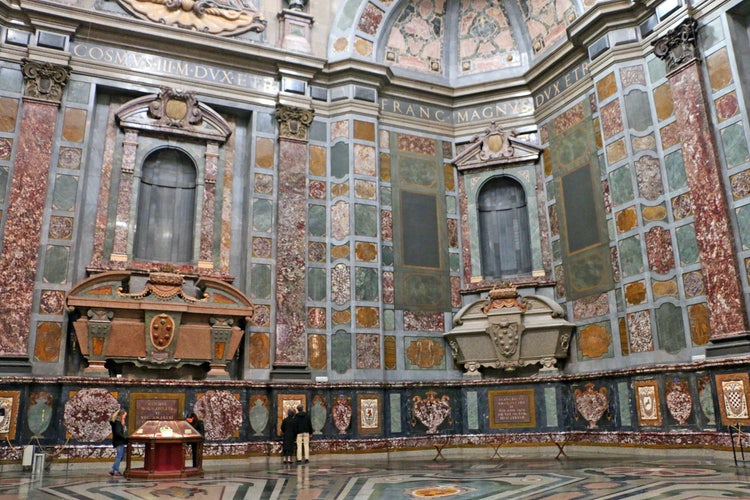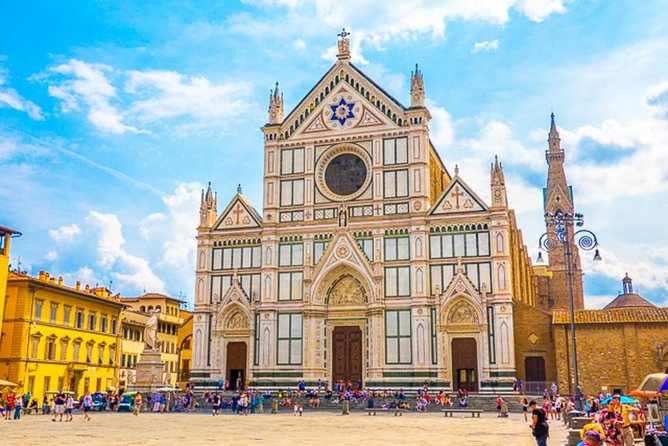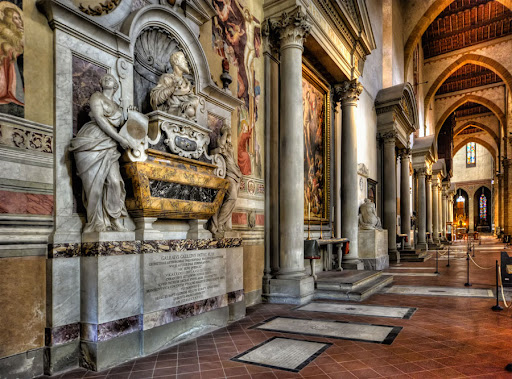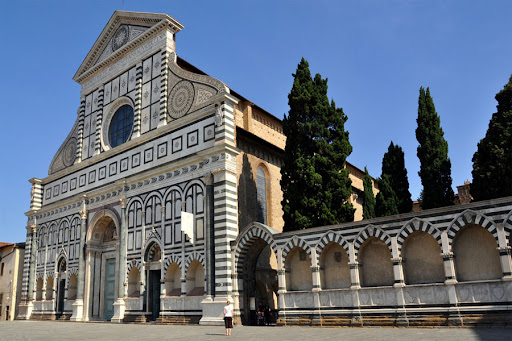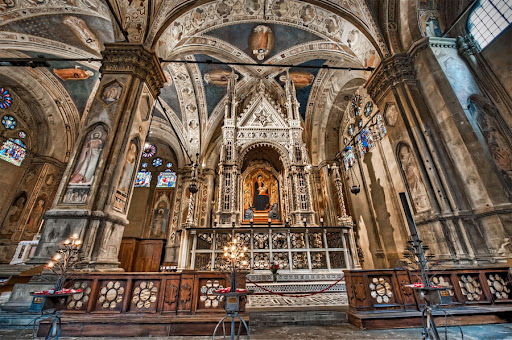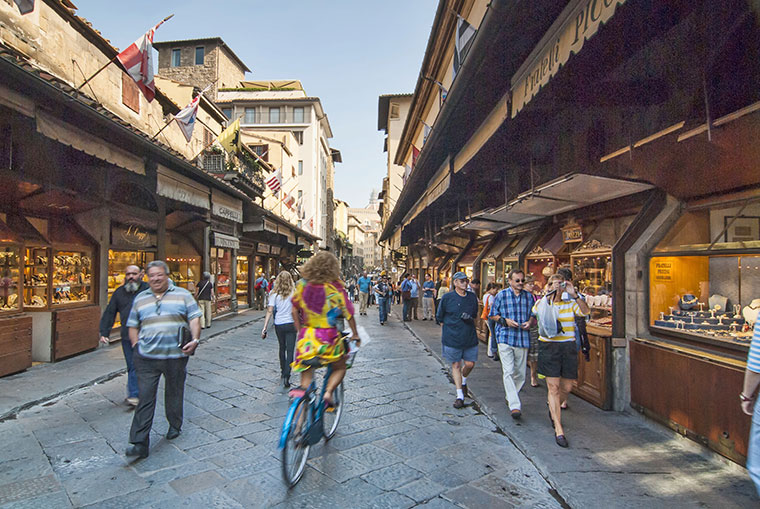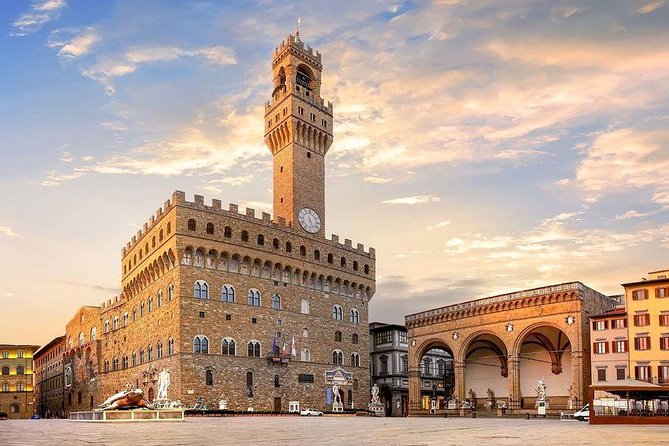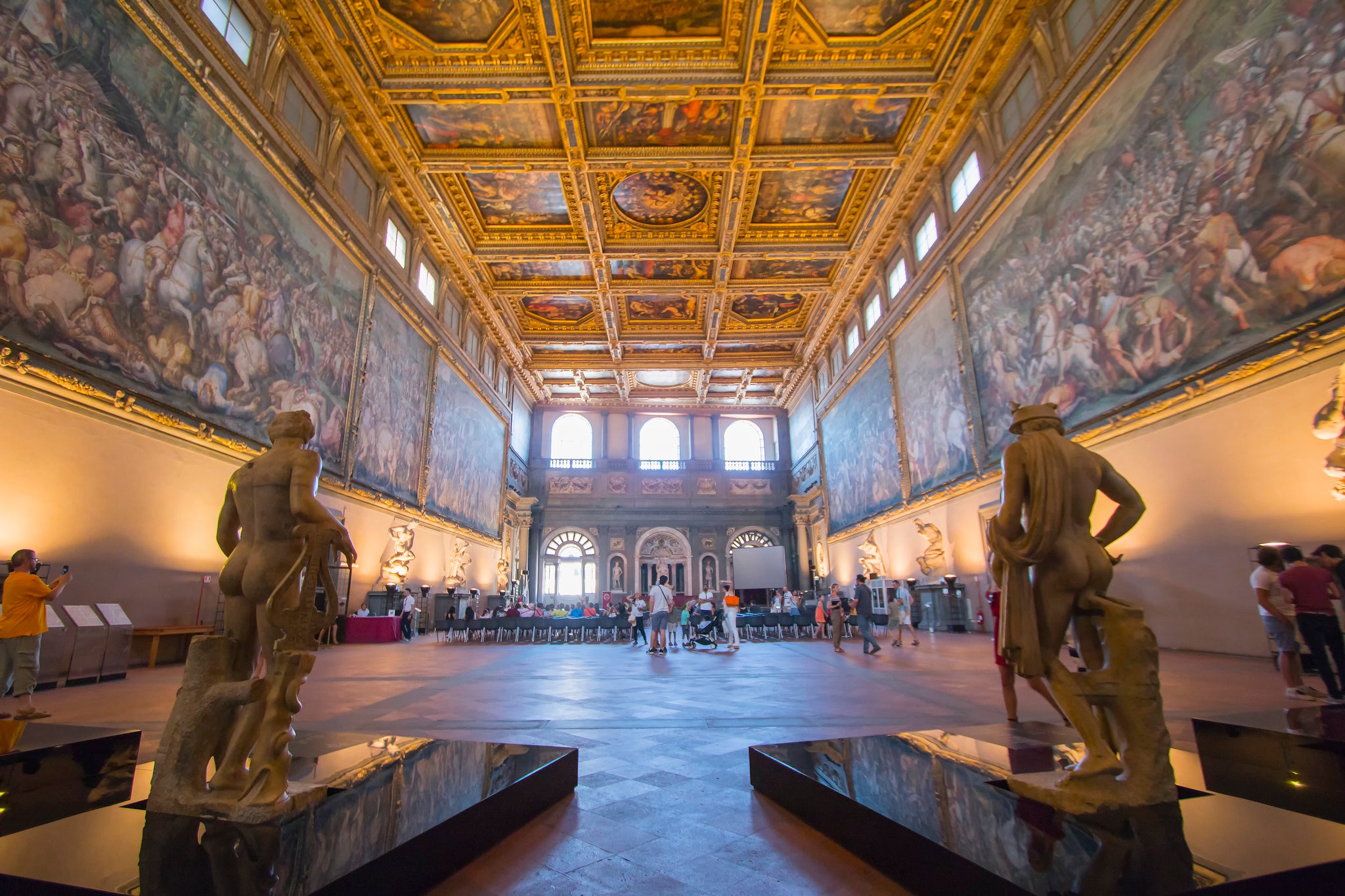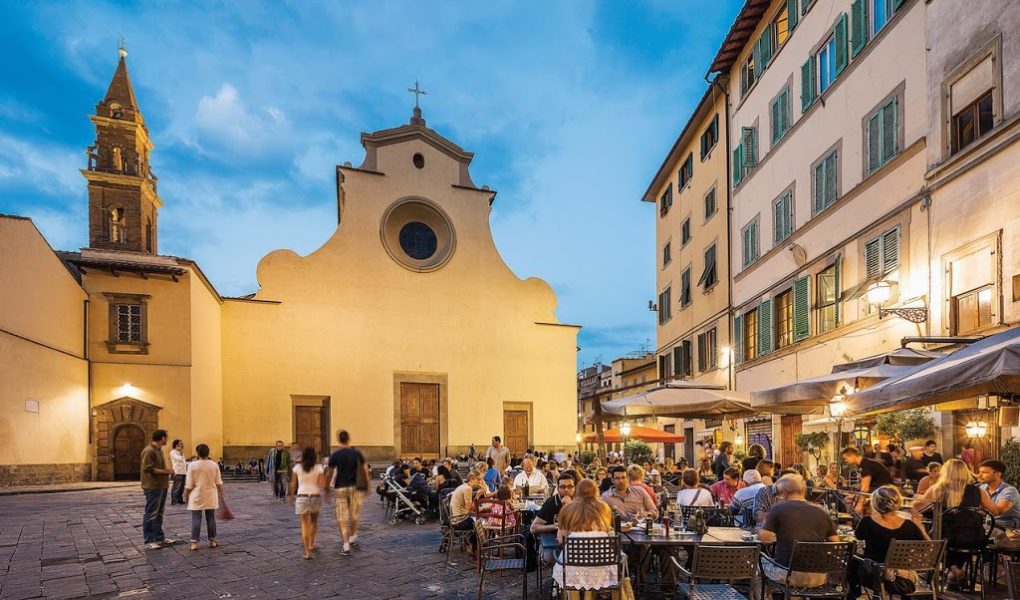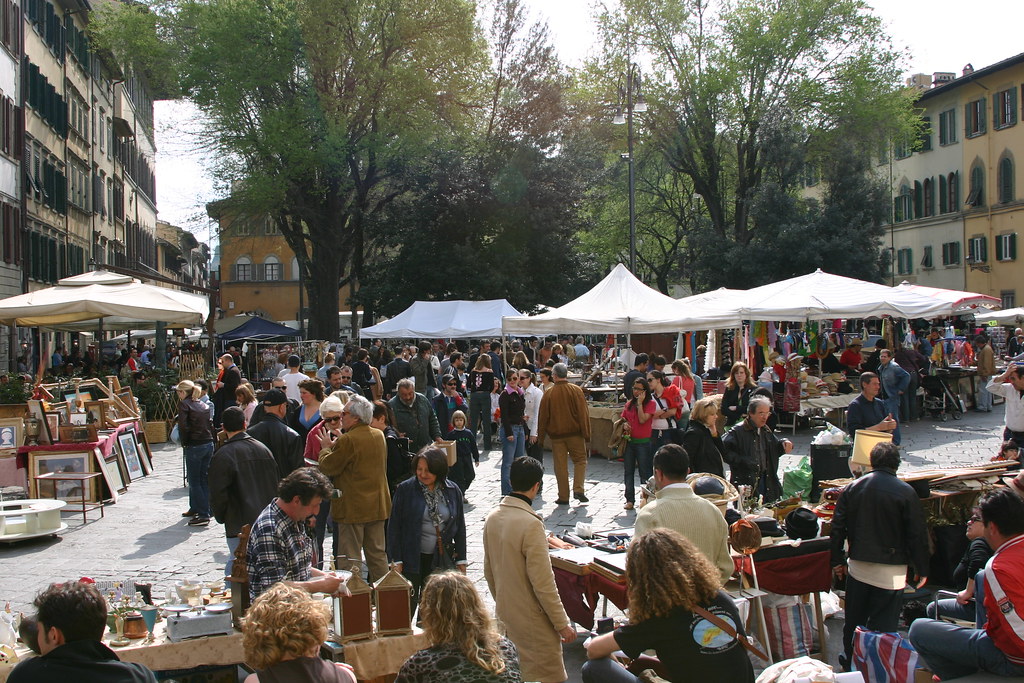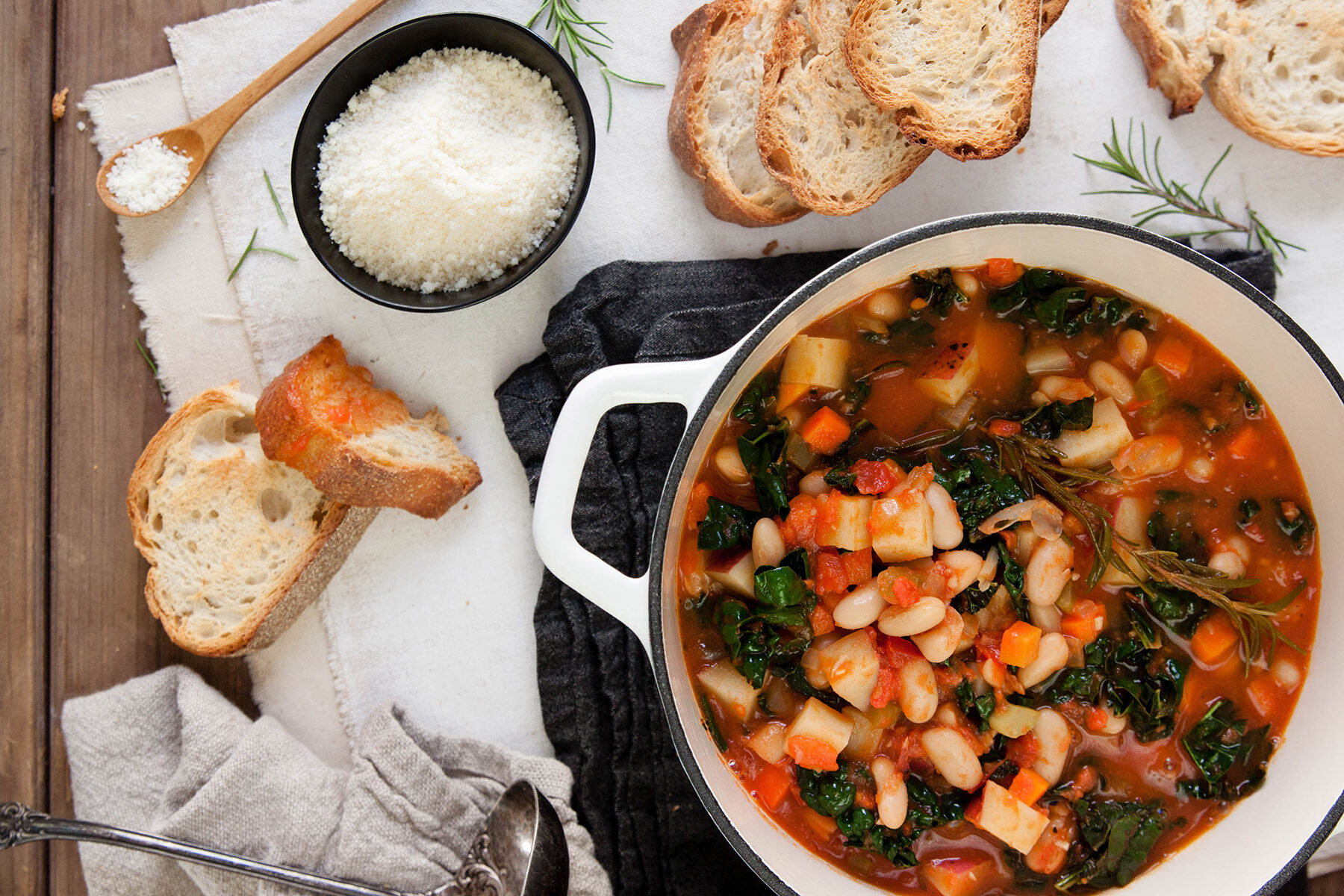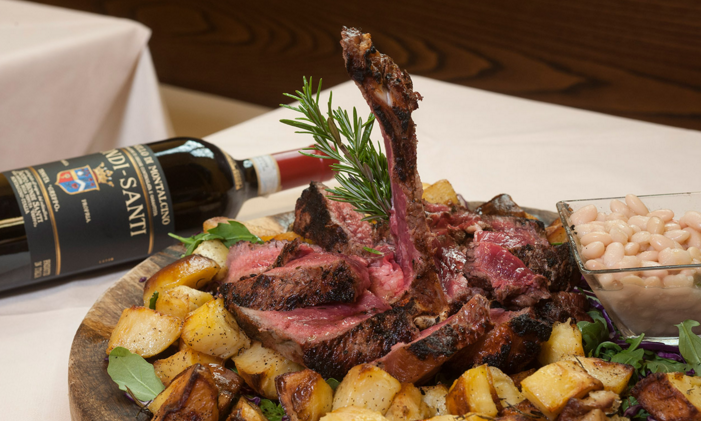Florence, the timeless capital of Tuscany in central Italy, is a city where every cobbled street whispers stories of art, power, and passion. Once the capital of the Kingdom of Italy (1865–1871), Florence is best known as the birthplace of the Italian Renaissance and one of medieval Europe’s most influential centres of trade, culture, and finance.
The legacy of the powerful Medici family, who ruled Florence for centuries, lives on in its world-renowned museums, majestic cathedrals, and rich architectural heritage. With the Arno River flowing gracefully through its heart, Florence has long inspired generations of poets, painters, philosophers, and dreamers. (I was lucky enough to call the banks of the Arno my home for nearly a year!)
Today, the city of Florence (Comune di Firenze) is divided into five distinctive districts, each offering a unique perspective of this Renaissance jewel. The Centro Storico, home to the iconic Duomo and Piazza della Signoria, is the beating heart of Florence. Campo di Marte, northeast of the centre, hosts many of the city’s sports facilities. To the south, Gavinana-Galluzzo offers lush green spaces and peaceful corners, while Isolotto-Legnaia, to the southwest, is celebrated for its diverse communities and some of the best gelato in town. And just northwest, Rifredi is where you’ll find the expansive Cascine Park—a perfect escape into nature within the city.
Whether you’re here for art and architecture, food and wine, or simply to soak in the Tuscan sun, Florence welcomes you with open arms.
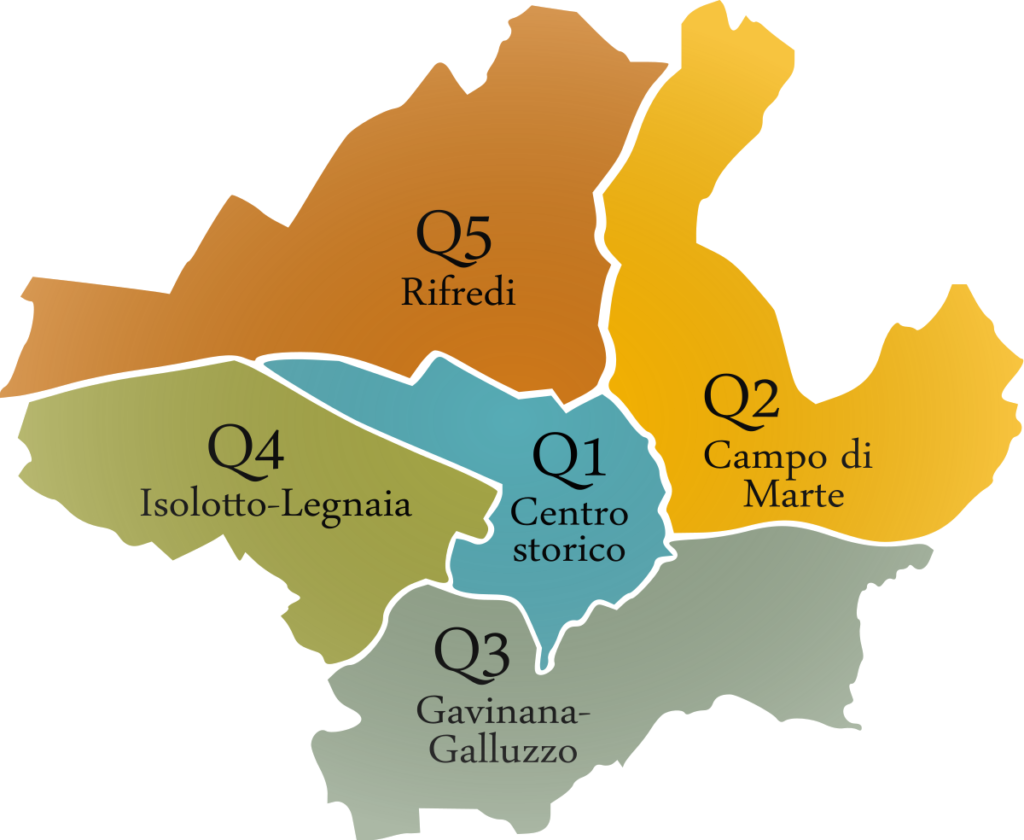

Things to do in Florence
Planning a trip to Florence? A single day is hardly enough to soak in the splendour of this Renaissance cradle. While Florence may seem compact, its artistic treasures, historic landmarks, and irresistible food culture demand more than just a brief visit.
Whether you’re spending a weekend or a week, what you choose to explore in Florence will shape your experience—be it wandering through centuries-old cathedrals, sipping wine in a quiet piazza, or discovering local artisans tucked away in hidden alleyways. The city invites you to create your own story.
ART & MUSEUM IN FLORENCE
Palazzo Pitti was once the grand ducal residence of the Medici family and remains a powerful symbol of royal influence over Tuscany. Today, the Pitti Palace is richly decorated and transformed into a series of museums showcasing the Medici’s private art collections. Just across the Arno, the Uffizi Gallery—spread across the entire first and second floors of the palace—is one of the finest art galleries in the world, known for its extraordinary Renaissance Masterpieces.
Behind Palazzo Pitti lies the splendid Giardino di Boboli, a magnificent outdoor museum of manicured gardens, statues, and historical fountains. One of the most iconic works here is the Fountain of Neptune, set dramatically on the hillside above the amphitheatre. The fountain marks the terminus of a still-functioning Roman aqueduct, with a large central basin and a commanding bronze Neptune sculpted by Stoldo Lorenzi.
There’s a saying: those who love art will never forget Florence. At the Galleria dell’Accademia, you’ll find Michelangelo’s David, a sculpture that continues to capture the imagination of art lovers across the world. This gallery, home to several of Michelangelo’s works, is a must-visit for anyone enchanted by the Renaissance.
Also not to be missed is the Museo Nazionale del Bargello, a museum dedicated primarily to sculpture art. It houses priceless works by Donatello, Giambologna, and, of course, Michelangelo. While this is only a glimpse of Florence’s artistic wealth, other inspiring places, like the Leonardo Da Vinci Museum, did not make it to this list. Soon, I will prepare a separate list of museums with preserved ancient art!
CATHEDRALS IN FLORENCE
While Florence is home to many beautiful cathedrals, these are some of the most iconic and historically significant ones to explore.
The Basilica di San Lorenzo is not only the largest church in Florence but also one of its most important Renaissance landmarks. Commissioned by the powerful Medici family in the 15th century, this basilica became a potent symbol of their influence. Designed by Brunelleschi, it is considered the first true Renaissance building. Inside, you’ll find architectural details and sculptures by Michelangelo, as well as some of the final works of Donatello. The Medici tombs here are adorned with some of Michelangelo’s finest funerary sculptures, making it a must-visit for lovers of both history and art.
The Cathedral of Santa Maria del Fiore, more popularly known as the Duomo, dominates the Florence skyline. Its iconic dome, engineered by Filippo Brunelleschi, is one of the greatest architectural feats of the Renaissance. Nearby, you’ll also find Giotto’s Campanile (bell tower) and the stunning Baptistery of San Giovanni, with its famous bronze doors.
Another significant landmark is Santa Croce, often called the Temple of the Italian Glories. Celebrated by the Romantic poet Ugo Foscolo, the church is the final resting place of great minds like Galileo, Michelangelo, and even a symbolic tomb for Dante Alighieri. Churches such as Santa Maria Novella and Orsanmichele are also noteworthy.
HISTORICAL LANDMARKS
While the cathedral dome offers a stunning 360-degree view of Florence, only the terrace at Piazzale Michelangelo truly reveals how Brunelleschi’s masterpiece dominates the city skyline. This panoramic viewpoint is entirely free to visit and features a large car park, kiosks, and souvenir stalls, making it both accessible and popular among visitors.
Another must-see is the Ponte Vecchio, a marvel for architecture lovers. Its most distinctive feature is the collection of small shops built along the bridge, mainly jewellers, art dealers, and souvenir sellers. Originally designed by the ancient Etruscans, the Ponte Vecchio is the only bridge in Florence that survived World War II intact. Today, it remains one of Florence’s most iconic landmarks, bustling with street vendors, musicians, balcony bars, and that unmistakable Florentine energy.
Nearby, the Vasari Corridor, part of a museum complex, adds another layer to Florence’s historical charm. Once a secret passage connecting the Palazzo Vecchio to the Pitti Palace, it now houses a fascinating collection of paintings and self-portraits.
And of course, don’t miss the Palazzo Vecchio—a fortress-like palace that stands proudly in Piazza della Signoria. Whether you explore the museum inside or admire it from the outside, the Palazzo remains one of Florence’s most important historic sites, steeped in stories of politics, power, and the Medici legacy.
FOOD & DRINKS
Spend an afternoon exploring the shops of Piazza Santo Spirito, a popular hub of local Florentine life, and dining in restaurants that pay homage to the region. As soon as you swipe a hunk of crusty bread across a pool of local olive oil, you will understand how sublime Florentine food can be.
There’s something for everyone in this city—from gourmet sandwich joints and wine bars offering creative small plates to lively street food stalls serving local favourites. Be sure to try regional classics like the hearty vegetarian Ribollita and the iconic meat dish, Bistecca al Fiorentina.
Wine is practically a way of life in Italy, and what’s better than Tuscan wine? For a truly special dining experience, consider Borgo San Jacopo, a restaurant perched right beside the Arno River, offering spectacular views and refined dishes. Pici Pasta with wild boar sauce and spaghetti with potatoes are excellent choices!
NEIGHBOURING CITIES
Thanks to its central location in Tuscany, Florence serves as a perfect base for exploring nearby cities rich in history, culture, and charm. Whether you’re travelling by car, bus, or train, several beautiful destinations are just an hour—or even less—away.
Start with the iconic Pisa, famous for its Leaning Tower, Piazza dei Miracoli, and majestic Romanesque architecture. Then there’s Fiesole, a hilltop town just outside Florence that offers sweeping views of the city along with ancient Roman ruins and Renaissance villas—perfect for a quiet afternoon escape.
For something more local, Scandicci offers a taste of modern Tuscan life and is easily reachable by tram, making it a convenient spot for day trips and authentic neighbourhood markets. Meanwhile, Prato, known for its textile heritage, contemporary art scene, and excellent cuisine, provides a unique mix of old and new.
Finally, if you’re up for a slightly longer adventure, Bologna—the culinary capital of Italy—is just under an hour away by high-speed train. With its medieval towers, vibrant piazzas, and rich food culture, it’s well worth the visit.
From grand landmarks to hidden gems, these neighbouring cities offer enriching experiences that beautifully complement your journey through Florence.

